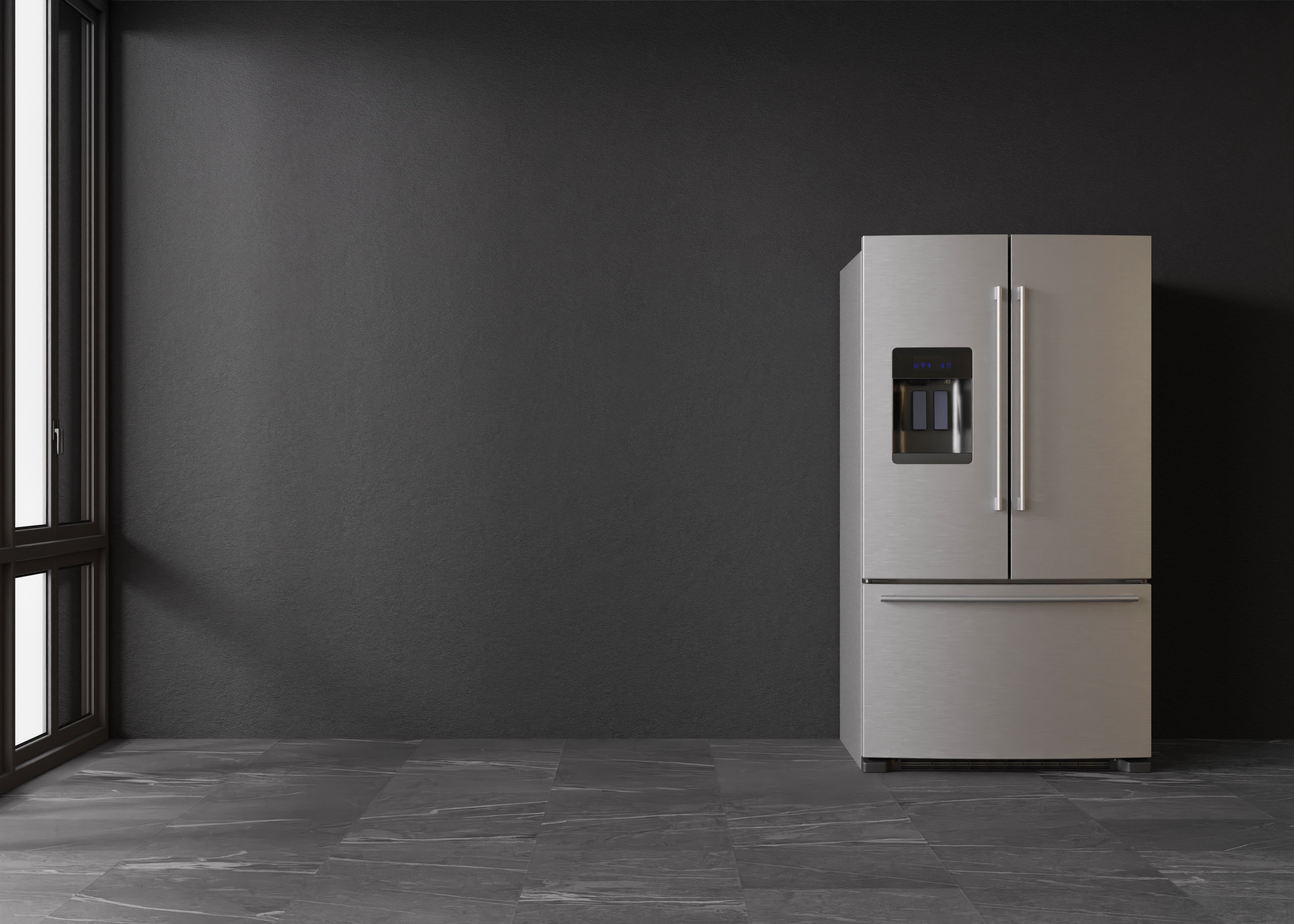Understanding Fridges and Freezers: The Essential Kitchen Appliances
Refrigerators and freezers are two of the most important appliances in contemporary kitchen areas. These appliances serve an essential function in food conservation and waste decrease by making sure that disposable items remain fresh and safe for usage. This post looks into the numerous types of fridges and freezers, their functionalities, and essential factors to consider for choice and maintenance.
Types of Refrigerators
The marketplace uses a range of refrigerator types, each developed to satisfy different consumer needs. Below is a list of the most common kinds of fridges:
Top-Freezer Refrigerators
- Most typical type.
- Freezer compartment is located above the refrigerator area.
- Normally more affordable and energy-efficient.
Bottom-Freezer Refrigerators
- Freezer lies at the bottom.
- Permits much easier access to fresh products at eye level.
- Often includes pull-out drawers for better company.
Side-by-Side Refrigerators
- Refrigerator and freezer sections are nearby.
- Perfect for narrow kitchen areas and enables easy access to both compartments.
- Often features water and ice dispensers.
French Door Refrigerators
- Integrates a bottom freezer with double doors at the top.
- Offers adequate storage and stylish styles.
- Typically consists of functions like temperature-controlled drawers.
Compact Refrigerators
- Smaller size ideal for restricted spaces.
- Commonly utilized in dormitory, little houses, or as secondary fridges.
Table 1: Comparison of Refrigerator Types
| Type | Benefits | Downsides | Typical Size |
|---|---|---|---|
| Top-Freezer | Economical, energy-efficient | Less convenient access to the freezer | 14-30 cu. ft. |
| Bottom-Freezer | Easier access to fresh food | Freezer can be more difficult to arrange | 19-30 cu. ft. |
| Side-by-Side | Easy access, water/ice dispenser | Narrow vs. storage area | 22-30 cu. ft. |
| French Door | Trendy, spacious, organized | More expensive | 20-30+ cu. ft. |
| Compact | Space-saving, portable | Restricted storage | 1.7-5.5 cu. ft. |
Types of Freezers
Freezers are a similarly crucial device for food conservation. Dee Butkovich come in various styles developed to fit various home requirements. Consider the list below types:
Upright Freezers
- Operate like a basic refrigerator with vertical storage.
- Easier to arrange with racks and compartments.
Chest Freezers
- Big, horizontal style typically providing more storage area.
- Maintains temperatures much better during power interruptions.
- More energy-efficient than upright models.
Portable Freezers
- Compact units ideal for outside activities or little areas.
- Typically utilized for camping trips or as momentary storage.
Table 2: Comparison of Freezer Types
| Type | Advantages | Downsides | Typical Size |
|---|---|---|---|
| Upright Freezer | Simpler to arrange | Less energy-efficient, more floor space | 5-20 cu. ft. |
| Chest Freezer | Holds more products, energy-efficient | Harder to organize | 5-25 cu. ft. |
| Portable Freezer | Compact and flexible | Restricted storage capability | 1-10 cu. ft. |
Key Features to Consider
When picking a fridge or freezer, consumers should remember several functions that can enhance performance:
- Energy Efficiency: Look for designs with the ENERGY STAR accreditation to save on electricity expenses.
- Storage Capacity: Evaluate storage needs based on household size and consuming practices.
- Temperature level Control: Some appliances provide digital controls for exact temperature settings.
- Adjustable Shelving: Customizable shelving allows for optimum company.
- Water and Ice Dispenser: Offers benefit however can take up valuable area inside.
- Sound Level: Sound rankings can affect convenience, specifically in open-concept homes.
Benefits and drawbacks of Having a Fridge and Freezer
While fridges and freezers are vital innovations, they likewise have specific benefits and drawbacks:
| Pros | Cons |
|---|---|
| Maintain food lifespan and lower waste | Need regular upkeep |
| Allow bulk buying and meal prepping | Can be expensive to buy and run |
| Offer benefit and fast access to food | Inhabit significant kitchen area |
Upkeep Tips
To guarantee longevity and ideal efficiency of fridges and freezers, think about the following maintenance suggestions:
- Regular Cleaning: Clean the interior and outside periodically to prevent accumulation of dirt and bacteria.
- Examine Seals: Inspect door seals routinely for leakages to maintain effectiveness.
- Temperature level Settings: Keep the fridge at 34-38 ° F and the freezer at 0 ° F for optimum food preservation.
- Defrost as Needed: Chest freezers ought to be thawed frequently to maintain effectiveness.
- Clear Air Vents: Ensure that air flow isn't blocked to enhance energy performance.
Frequently asked questions About Fridges and Freezers
Q1: How long can food be kept in a freezer?A: Most foods can be kept in a freezer for a number of months. Meats and poultry often last 4-12 months, while vegetables can last approximately 8-12 months.
Q2: How typically should I clean my fridge and freezer?A: It is a good idea to clean your fridge and freezer every 3 to 6 months, or as needed when spills take place. Q3: Can I put hot food directly in the fridge?A: It is recommended to cool hot food to room temperature level before positioning it in the fridge to avoid
raising the temperature inside the home appliance. Q4: Why is my fridge running constantly?A: This might be due to a malfunctioning thermostat, clogged up coils, or door seals that aren't working appropriately. Fridges and freezers are indispensable
properties to modern-day homes, supplying important services for food storage and conservation.
Comprehending the various types, features, and maintenance requirements can assist consumers choose the best home appliances for their requirements and maximize their performance. Accepting energy-efficient designs not just supports sustainable practices however also contributes to considerable savings on utility costs, making informed options more crucial than ever.

